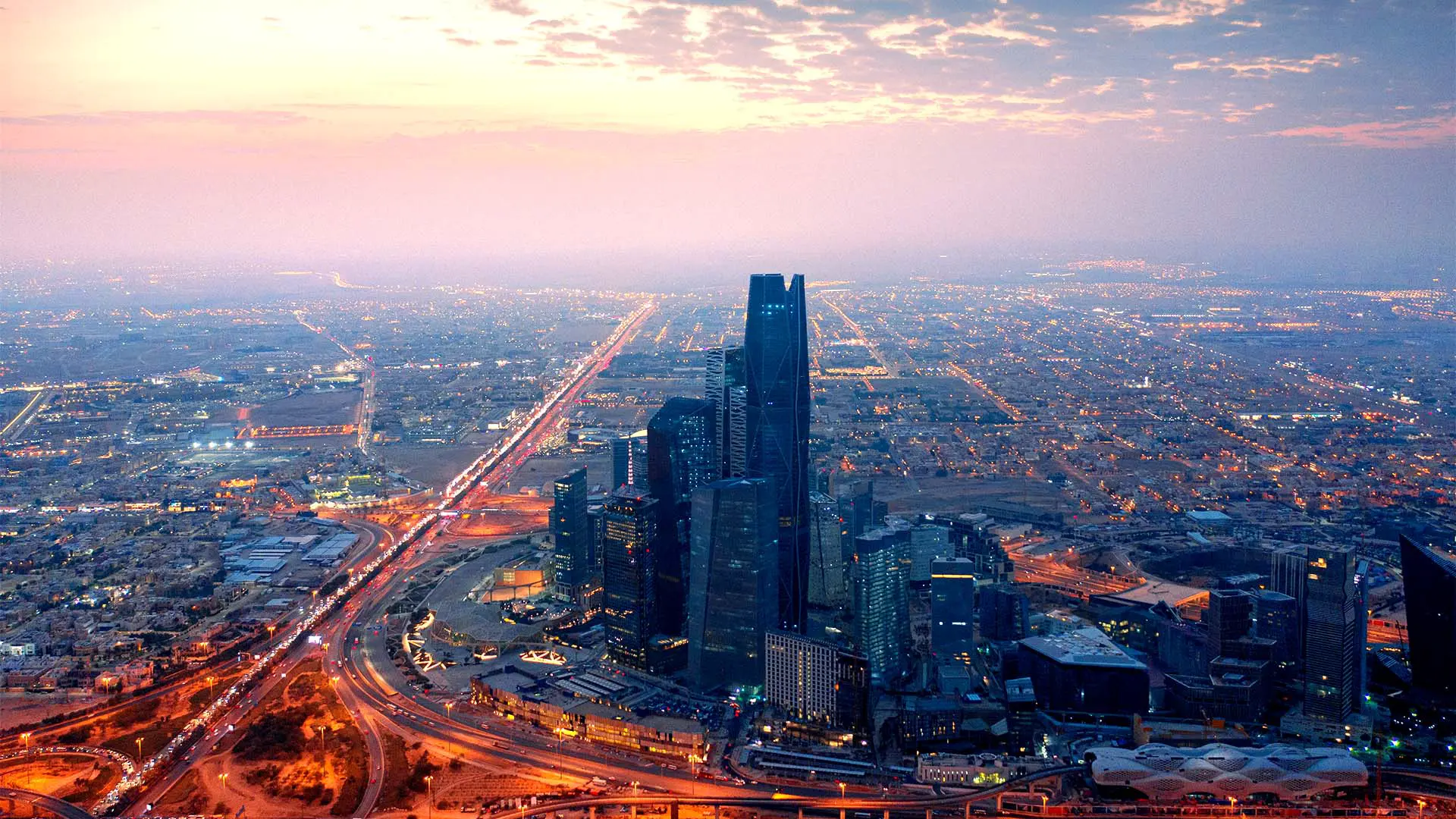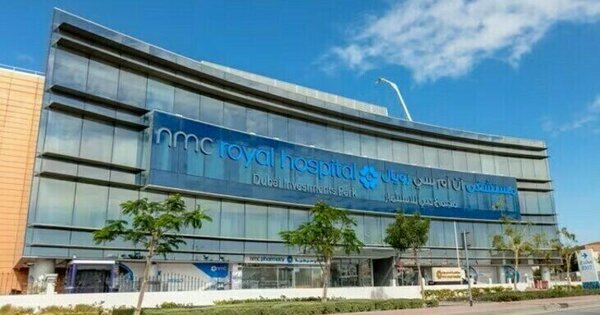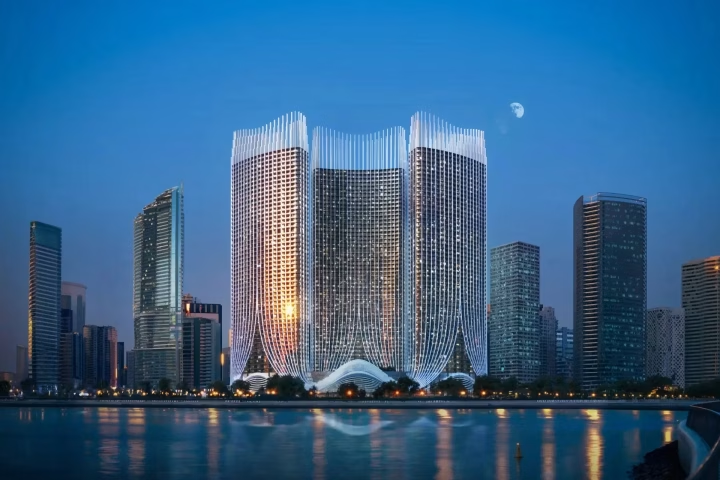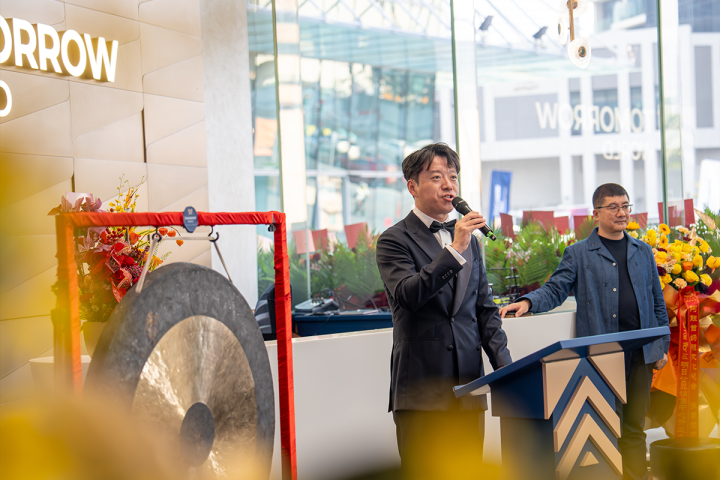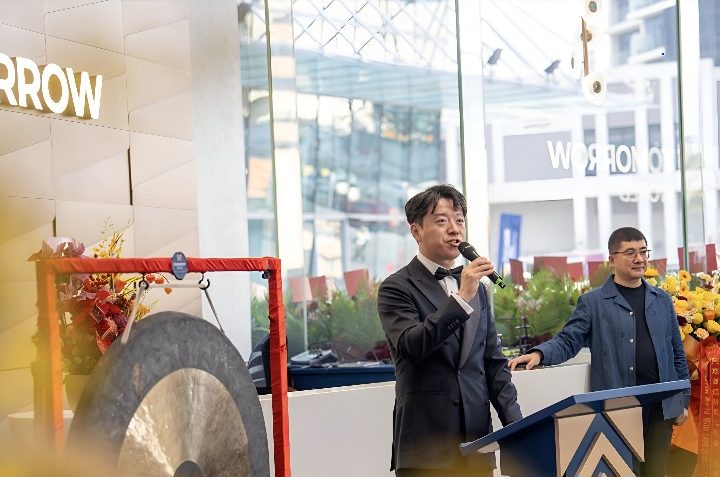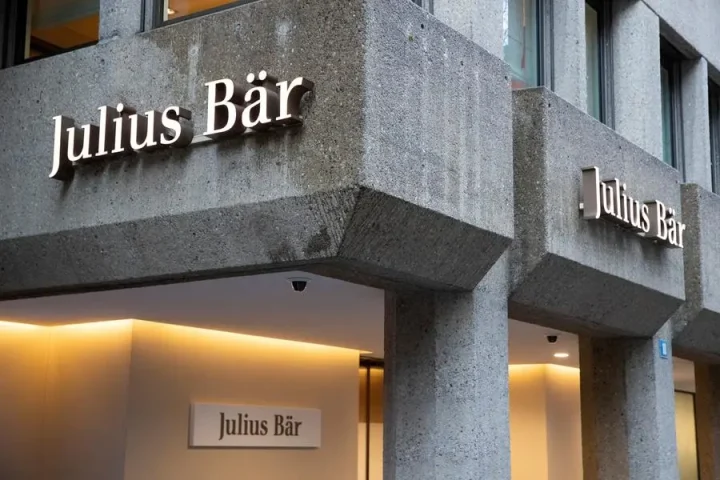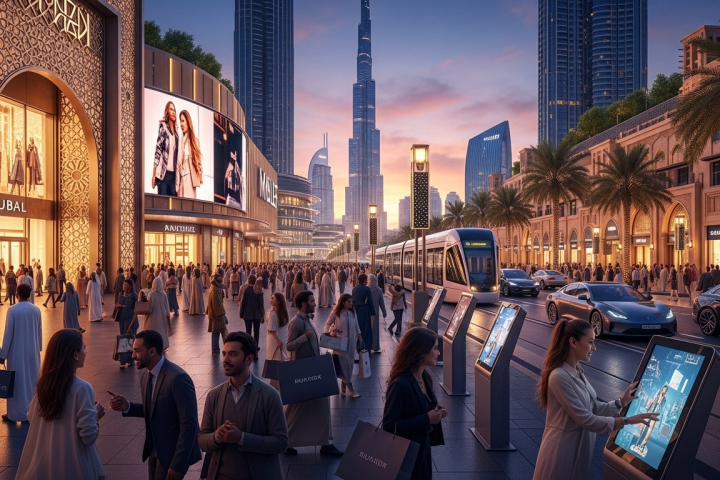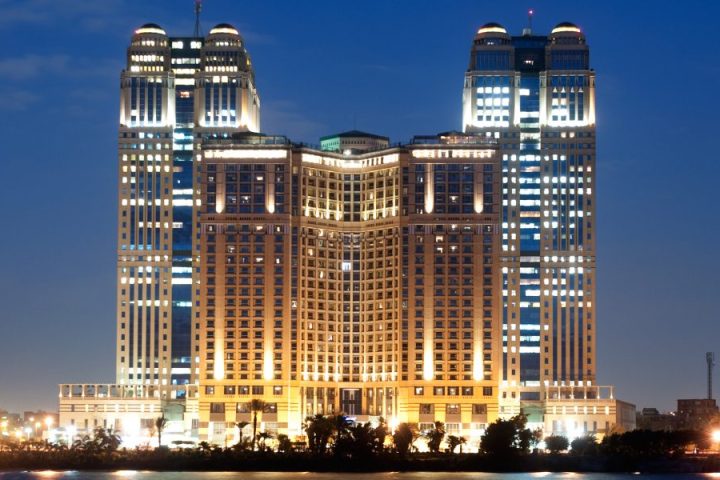Saudi Arabia’s real estate market is undergoing significant changes in 2025, with key cities showing impressive growth despite challenges in some areas. In this article, we will explore the growth patterns in Saudi Arabia’s residential property market, particularly in cities like Madinah, Riyadh, and Jeddah, and how government reforms are shaping future prospects.
Saudi Real Estate Growth in 2025
Saudi Arabia’s real estate market continues to thrive, with Madinah recording the highest growth rate in the first half of 2025. Transaction values in the city surged by 49%, reaching SR3.4bn ($906 million), fueled by a 38% increase in transaction volumes. The rapid expansion reflects investor confidence and strong demand for residential properties.
Madinah’s success is attributed to the city’s growing appeal among both investors and end-users. According to Knight Frank’s Residential Market Overview, residential transactions in Saudi Arabia remain strong, accounting for 63% of the total real estate transaction value in the first half of the year.
Riyadh: A Market Rebalancing
While Madinah booms, Riyadh is experiencing a market adjustment. The capital city saw transaction volumes drop by 31% year-on-year, with values easing by 20% to SR29bn ($7.71bn). However, prices continue to rise, with average apartment prices increasing by 10.6% in Q2 2025, reflecting the ongoing demand for housing near major infrastructure projects such as the Riyadh Metro.
Despite the slowdown, the market is showing signs of stabilizing, with high house prices moderating demand. The introduction of new laws, including the Real Estate Ownership Law for Non-Saudis, set to come into effect in 2026, is expected to revitalize Riyadh’s market by boosting liquidity and enhancing development quality.
Jeddah’s Growing Momentum
In contrast to Riyadh’s recalibration, Jeddah’s real estate market is flourishing. Transaction volumes increased by 19%, and total values rose by 28% to SR17.3bn ($4.6bn). Apartment prices saw a modest 2.7% rise, while villa prices climbed 3.2%. The city’s appeal is growing, especially in districts focused on lifestyle and community living, such as those developed by Roshn’s Al-Arous.
This upward momentum is a clear indicator that Jeddah is becoming a key player in the kingdom’s real estate market, with demand for properties in master-planned communities and urban developments on the rise.
Legislative Changes Fueling Investor Confidence
A key factor driving the market is the recent approval of the Law of Real Estate Ownership by Non-Saudis. This new framework, expected to come into effect in January 2026, will open up opportunities for foreign investors in the kingdom’s real estate sector. Combined with other market reforms, such as mortgage market liberalization and government housing initiatives, this law is expected to increase market liquidity and boost investor sentiment.
Conclusion: A Promising Future for Saudi Real Estate
Saudi Arabia’s real estate sector in 2025 reflects a healthy mix of growth and adjustments. Cities like Madinah, Riyadh, and Jeddah are experiencing different phases of development, with Madinah leading in terms of growth, while Riyadh works through a recalibration phase. However, with new legislation and government-backed reforms on the horizon, the future of Saudi real estate looks promising, with sustained demand and diversified growth expected across key urban centers.
This dynamic market, underpinned by Vision 2030 initiatives, is poised for long-term success, attracting both local and international investors.

